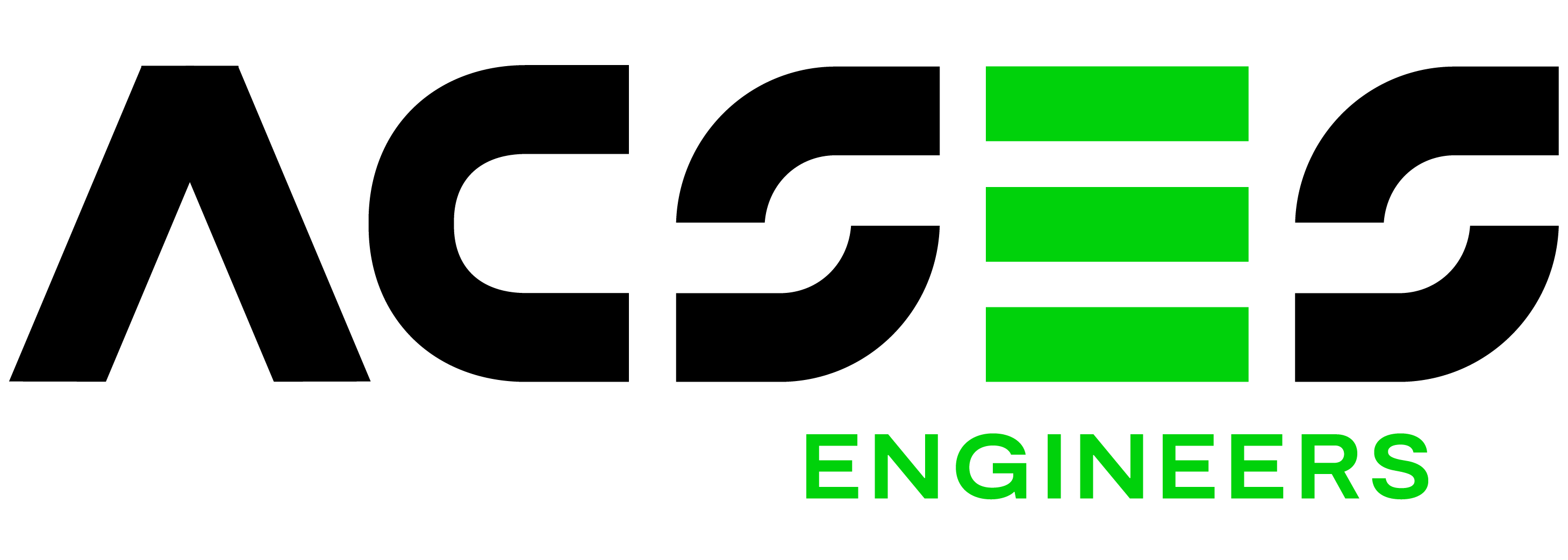Self-driving cars could revolutionize the way we travel, giving us more time to work, play, learn, and relax on the road. But when it comes to making them a reality, cutting-edge technology is only the tip of the iceberg. So, how close are we ditching driving?
Blog
Will Fossil Fuels Run Out?
Will we run out of fossil fuels and what cost will we likely pay for their use?
Institute of Engineers Australia Recognition
It’s been 20 years since graduation and last Saturday, I received two certificates from the Institute of Engineers Australia.
One confirming my election as Fellow of the Institute.
And the other confirming I have achieved the status of Engineering Executive.
It’s both incredibly humbling and satisfying to be recognised by your governing professional body in front of your peers, and I thank the Institute of Engineers for these wonderful honours.
Autonomous Rail Rapid Transit
Automated rail transit is an environment friendly, rail-less, and driver-less vehicle that is projected to reduce traffic congestion in the highly populated cities. On effective execution of this project, which is presently under development in China, is expected to gain extensive traction in the near future. Due to its low construction cost and a huge carrying capacity, road jamming can be reduced significantly. Additionally, no track is required for its operation, multi-axle steering system, and also functions effectively under extreme climatic conditions.
The world’s first driverless autonomous rail rapid transit (ART) system, equipped with sensors for the measurement of road dimension and also helps to create its particular route, under a test run in the city of Zhuzhou in central China’s Hunan Province. It was revealed in Zhuzhou in Hunan province on June 2, 2017 and is expected to be operational in 2018.
The product has been described as a combination of a train, bus, and tram. An ART train with three carriages is around 30 meters long and costs about US$ 2.2 million to construct. It can travel at a speed of 70 km/h and provides space for maximum 300 passengers and a five-carriage train can carry an estimated 500 passengers.
Source: https://businessherald.co/tag/autonomous-rail-rapid-transit-market/
German supermarket uses no plastic packaging
Rio de Janeiro turns garbage into energy
Rio de Janeiro, a city of about 6.7 million is also one of more than 70 cities worldwide that are aiming to become “carbon neutral” by 2050, meaning they will produce no more climate-changing emissions than they can offset by other means, such as planting carbon-absorbing trees.
From planting trees to promoting renewable energy and cleaner methods of transport, such as electric cars and buses, each city is going about achieving its carbon neutral goals in different ways, and with varying degrees of success.
Whirlpool provides energy to rural areas
This whirlpool can power a small village. It provides energy 24 hours a day. It can be installed in most streams and canals wherever a natural height difference occurs. It’s designed to bring electricity to rural areas and doesn’t require skilled labour to build. Current technology is invasive and destructive but this device won’t harm the ecosystem.
How does it work?
It’s installed at a small,natural height difference. Land is excavated near the water. Prefabricated parts are installed, then the core of the turbine. The land is filled back in. Then the river wall is opened and the turbine starts working 24/7. The generator is the only moving part so it reduces the chance of failure.
This tech is being tested in rural areas and is producing promising results. It could energise the world over. What’s better than clean energy for all?
Latest innovations in tackling ocean pollution
These gadgets are helping solve the world’s plastic problem.
Australian engineers quietly changing the world
Australian engineers have created some of the most incredible, life-changing innovations of past years. But very little is known about them, with everyday Australians often unaware that these inventions are homegrown. Now you can follow their journeys! With thanks to Engineers Australia for this wonderful initiative.
Check out episode 1 below:
EPISODE 1: The Planet Earth Avenger
EPISODE 1: The Planet Earth Avenger, Darren, takes on plastic pollution and turns waste into treasure. Want to become an engineering superhero and change the world?Join us today: http://bit.ly/planet-earth-avenger
Posted by Engineers Australia on Sunday, 17 February 2019
What is a smart city ?
These modern cities, capable of implementing infrastructures (of water, electricity, gases, transport, etc.) communicating and sustainable to improve citizens’ comfort while developing in the environmental protection.

